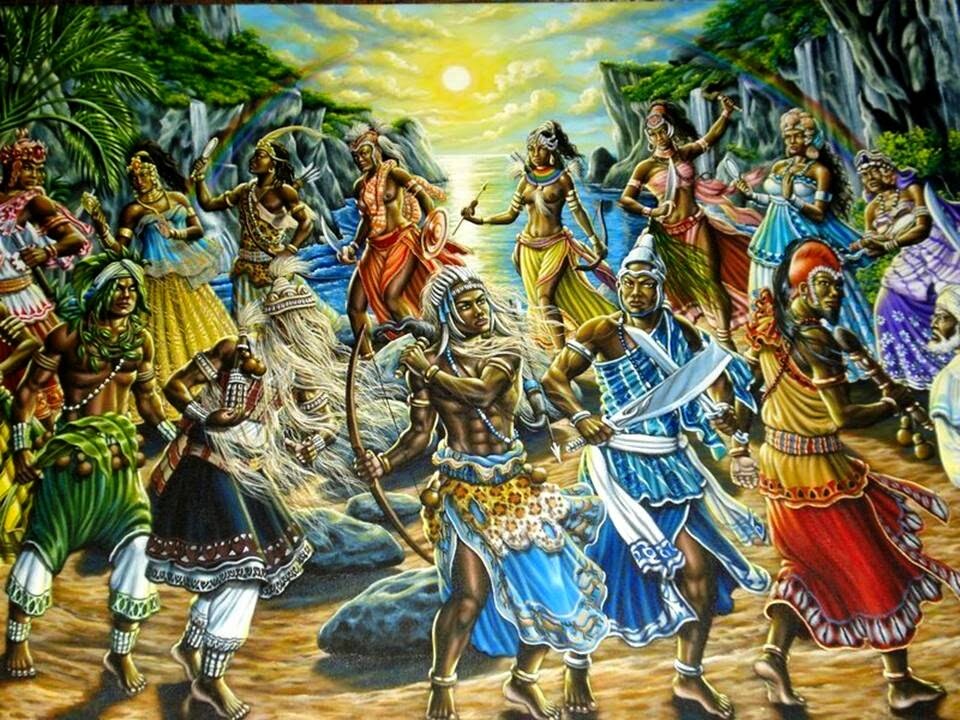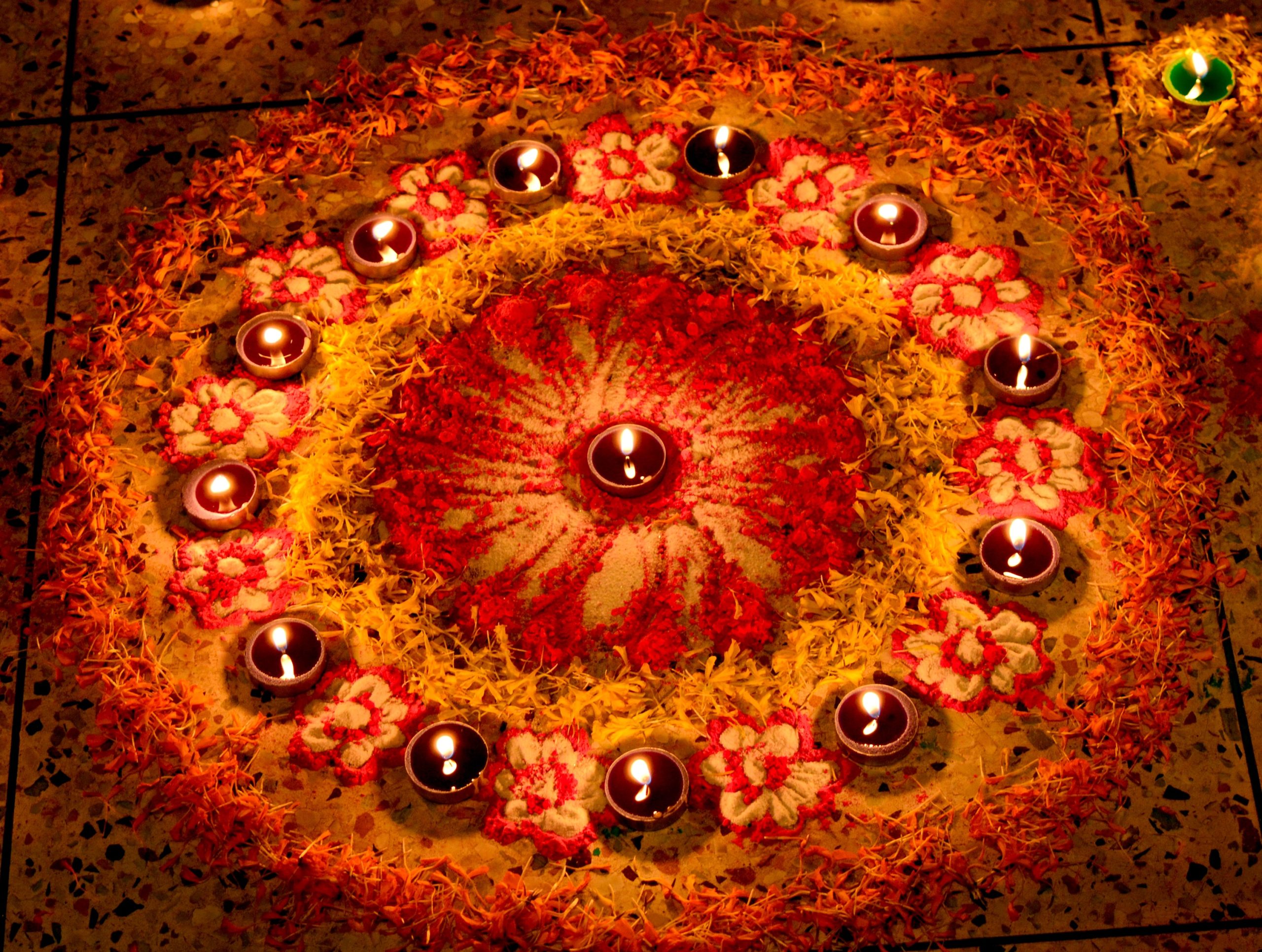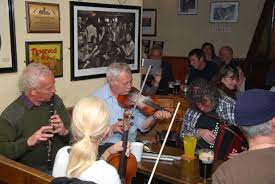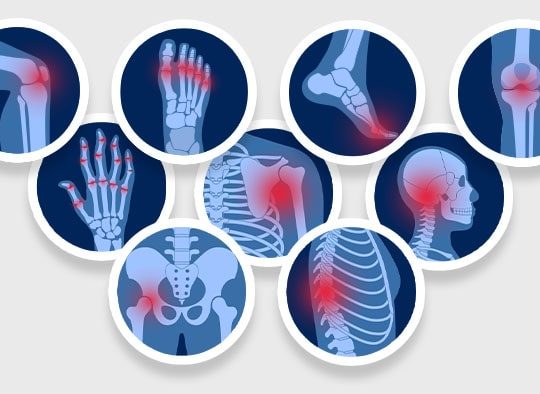As a lover of dance and a proud Latina, the evolution of traditional dance forms in Latin America holds a special place in my heart. Growing up, I was fascinated by the mesmerizing movements and vibrant rhythms that seemed to breathe life into every performance. It’s incredible how these dance forms have not only survived but thrived through the test of time, adapting and evolving to reflect the changing cultural landscape of the region.
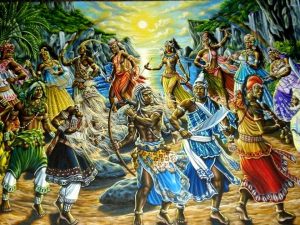
Latin America, with its rich and diverse cultural heritage, is a melting pot of traditions and influences. This rich tapestry has given birth to an array of traditional dance forms that are deeply rooted in history. From the fiery tango of Argentina to the sensual samba of Brazil, each dance tells a story, capturing the spirit of its people and celebrating their unique customs.
One of the most iconic dance forms in Latin America is the salsa. Originating in the Caribbean, salsa is a fusion of African, European, and Caribbean dance influences. Its infectious rhythms and energetic movements reflect the vibrant and dynamic nature of Latin American culture. The evolution of salsa has seen various styles emerge, such as Cuban, Puerto Rican, and Colombian salsa, each with its own distinctive flair and interpretation.
Another dance form that embodies the essence of Latin America is the samba. Born in the streets and favelas of Brazil, samba is a celebration of life and community. From its humble roots, it has grown into a global sensation, captivating audiences with its infectious beat and intricate footwork. The Carnival in Rio de Janeiro is the ultimate showcase of samba, where dancers adorned in colorful costumes parade through the streets, enchanting spectators with their exuberant performances.
But the evolution of traditional dance forms in Latin America is not just limited to salsa and samba. There are countless other styles that have undergone fascinating transformations over the years. For instance, the Argentine tango, often associated with passionate romance, originally emerged in the working-class neighborhoods of Buenos Aires. Its melancholic embrace and intricate choreography have captivated dancers and enthusiasts alike, inspiring countless adaptations and interpretations worldwide.
Similarly, the Mexican folk dance, known as the baile folklórico, is a testament to the cultural diversity within Latin America. With its vibrant costumes and rhythmic footwork, it showcases the fusion of indigenous and Spanish influences. The evolution of baile folklórico has seen the incorporation of modern elements, enabling it to remain relevant while preserving its traditional essence.
What is truly remarkable about the evolution of traditional dance forms in Latin America is their ability to adapt to the changing times without losing their authenticity. These dances have become more than just cultural artifacts; they are now symbols of identity and pride for Latin Americans worldwide. They serve as a means of expression, a way to connect with one’s roots, and a platform for preserving and promoting cultural heritage.
The popularity of Latin American dance forms can be credited to the tireless efforts of artists, instructors, and cultural ambassadors who have dedicated their lives to teaching and preserving these traditions. Through dance schools, cultural organizations, and international festivals, these individuals have ensured that the legacy of traditional dance forms lives on, inspiring future generations to embrace their cultural heritage.
In conclusion, the evolution of traditional dance forms in Latin America is a testament to the power of culture and its ability to transcend borders and span generations. From the sultry moves of salsa to the pulsating rhythms of samba, these dances capture the essence of Latin American identity and provide a glimpse into the diverse tapestry of cultures that make up the region. As we continue to celebrate and embrace these dance forms, we not only honor our roots but also contribute to the ongoing legacy of Latin American dance. So next time you find yourself swaying your hips to a Latin beat, remember the rich history that brought these dances to life and let yourself be carried away by their timeless magic.

